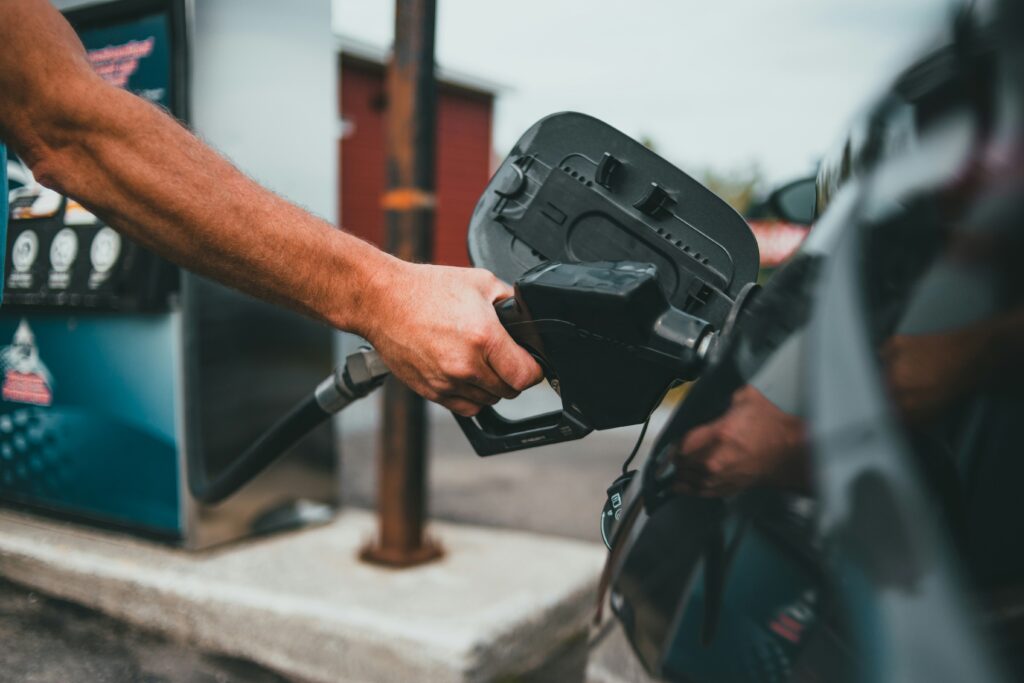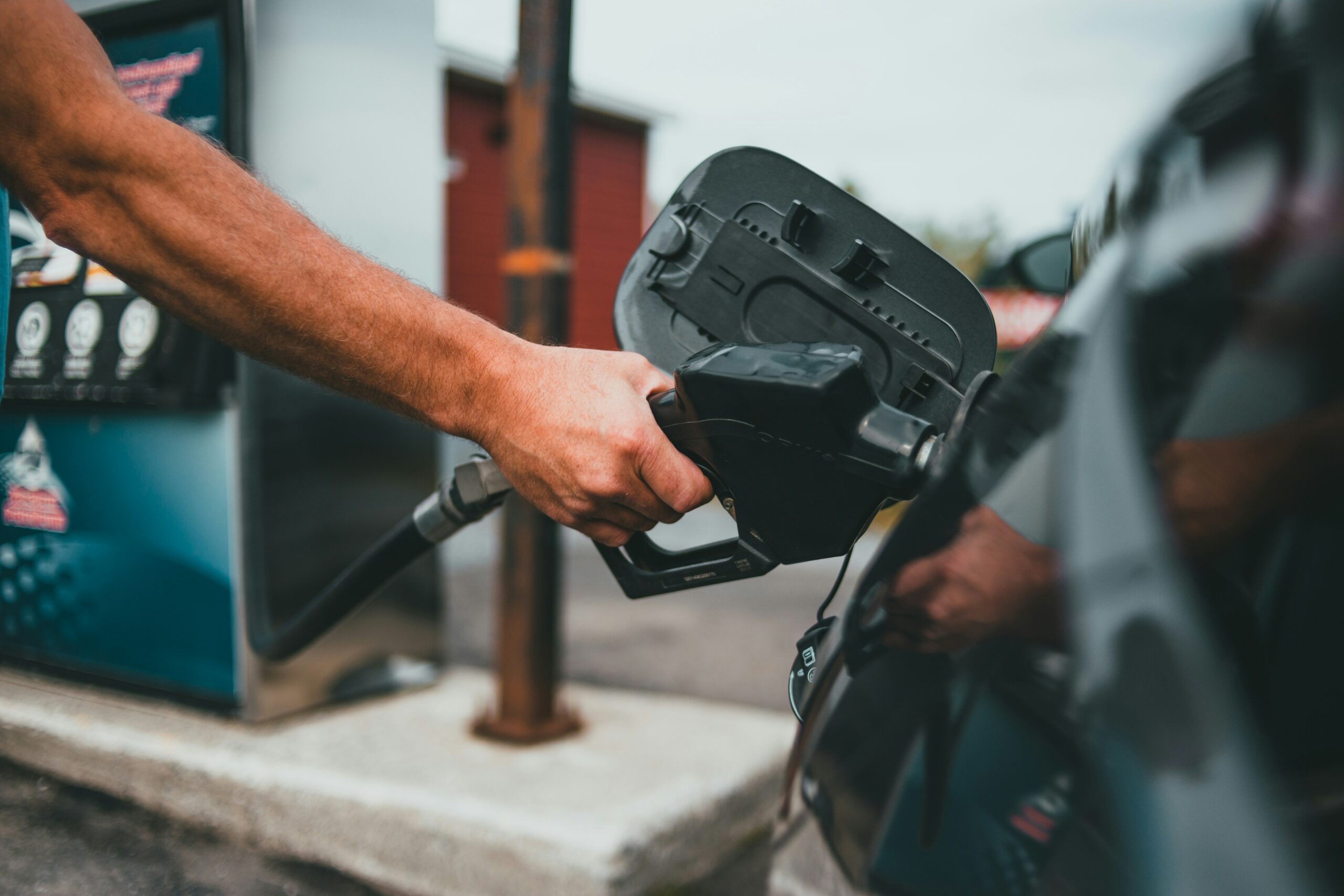How Rising Gas Prices Are Impacting Car Sales in 2025

Remember when filling up your tank cost less than your lunch? Those days feel like ancient history now. As we cruise through 2025, gas prices have been climbing steadily, and it’s changing the way we think about what we drive. If you’ve been standing at the pump lately, watching those numbers spin like a slot machine you can’t win, you’re not alone in wondering how this is affecting the car market.
The relationship between gas prices and car sales has always been like a seesaw. When gas goes up, buyers start looking at their vehicle choices differently. It’s simple math that hits your wallet every week. This year, we’re seeing some of the most dramatic shifts in car buying behavior in decades, and it’s reshaping everything from dealership lots to manufacturing plans.
The Numbers Don’t Lie
Gas prices in 2025 have averaged around $4.20 per gallon nationally, with some regions seeing prices creep toward $5.00 or higher. That’s a significant jump from the $3.40 average we saw just two years ago. For the average driver putting 12,000 miles on their car annually, that extra dollar per gallon translates to roughly $600 more per year in fuel costs.
This increase isn’t just affecting your budget – it’s changing what cars people want to buy. Auto sales data shows that full-size truck and SUV sales have dropped by about 15% compared to last year, while compact car and hybrid vehicle sales have surged by nearly 25%.
The Truck Dilemma
For many middle-aged guys, trucks aren’t just vehicles – they’re part of our identity. Whether you’re hauling boats on weekends, helping friends move, or just like sitting up high on your commute, trucks have been the go-to choice for decades. But when your F-150 is costing $80 to fill up twice a week, that love affair starts to feel expensive.
Take Mike from Texas, who traded in his beloved Silverado for a Honda Ridgeline hybrid. “I never thought I’d drive anything but a full-size truck,” he says, “but spending $350 a month just on gas was killing me. The Ridgeline still hauls my boat, but I’m saving about $150 a month on fuel.”
This trend is forcing truck manufacturers to pivot quickly. Ford has ramped up production of their hybrid F-150, while GM is pushing their electric Silverado earlier than planned. Even die-hard truck brands are realizing that fuel efficiency isn’t just a nice-to-have feature anymore – it’s becoming essential for sales.
The Rise of the Practical Car
Sedans, once declared dead by automotive journalists, are making a comeback. Cars like the Toyota Camry Hybrid, Honda Accord, and even the Nissan Altima are seeing renewed interest from buyers who previously wouldn’t have been caught dead in a “regular car.”
The shift isn’t just about fuel economy numbers on paper. It’s about real-world savings that add up fast. A midsize sedan averaging 35 mpg versus a truck getting 18 mpg means the difference between spending $1,440 and $2,800 annually on gas for the average driver. That $1,360 difference can cover car payments, insurance, or that vacation you’ve been putting off.
Electric Vehicles: No Longer Just for Early Adopters
The biggest winner in this gas price surge has been electric vehicles. EV sales have jumped 40% in 2025, with many models having waiting lists for the first time since the early days of Tesla. The math is compelling: even with higher electricity rates, “filling up” an electric car costs about 60% less than gasoline.
But it’s not just about the money. The infrastructure has finally caught up to make EVs practical for regular folks. Fast-charging networks have expanded dramatically, and many newer EVs can add 200 miles of range in just 20 minutes of charging. For guys who were skeptical about “running out of juice,” these improvements have been game-changers.
The Ford F-150 Lightning has been particularly popular among traditional truck buyers. It offers the same capability as a regular F-150 for work and play, but costs pennies per mile to operate. Plus, it can power your house during outages – a feature that’s proven valuable during recent extreme weather events.
Dealership Dynamics
Car dealers are scrambling to adjust their inventory. Lots that were once packed with large SUVs and trucks now feature more hybrids and smaller vehicles front and center. Some dealers report that fuel-efficient cars are selling within days of arrival, while gas-guzzlers sit for months.
“We used to move Suburbans and Expeditions like hotcakes,” says Jim, a dealer in Colorado. “Now customers walk right past them to look at our hybrid Highlanders and electric vehicles. We’ve had to completely restructure our floor plan.”
This shift has created some interesting opportunities for smart buyers. Large SUVs and trucks are seeing significant discounts and incentives as dealers try to move inventory. If you don’t mind the gas costs, you might find some great deals on vehicles that were selling at full price just a year ago.
The Hybrid Sweet Spot
For many buyers, hybrids represent the perfect compromise. They offer better fuel economy without the range anxiety of full electric vehicles. Models like the Toyota Prius (which has been redesigned to look less like an alien spacecraft), the Honda CR-V Hybrid, and the Ford Maverick hybrid truck are flying off lots.
The technology has also improved dramatically. Modern hybrids are smoother, quieter, and more powerful than ever. The stigma of hybrid vehicles being underpowered or weird-looking has largely disappeared, making them appealing to mainstream buyers who previously wouldn’t consider them.
What This Means for Your Next Car Purchase
If you’re thinking about your next vehicle, these trends create both challenges and opportunities. Fuel-efficient cars are in high demand, which means higher prices and limited selection. However, gas-guzzlers are seeing price cuts and incentives.
Consider your real driving needs versus your wants. That Tahoe might look great in your driveway, but if you’re mostly commuting to work and making grocery runs, a fuel-efficient sedan or crossover might make more financial sense. Save the big vehicle for when you actually need the capability.
For those ready to go electric, now might be the time to make the jump. Federal tax credits are still available, and many states offer additional incentives. The infrastructure is finally robust enough for most people’s needs, and the selection of EVs has exploded beyond just luxury cars.
Looking Ahead
Gas prices historically fluctuate, but the shift in consumer preferences may have lasting effects. Even if prices drop, many buyers who’ve discovered the benefits of fuel-efficient vehicles may not go back to gas-guzzlers. This could permanently reshape the automotive landscape.
The bottom line is simple: rising gas prices are forcing all of us to be smarter about our vehicle choices. Whether that means downsizing, going hybrid, or making the jump to electric, the days of buying a car without considering fuel costs are behind us. Your wallet – and probably your family – will thank you for thinking it through.

